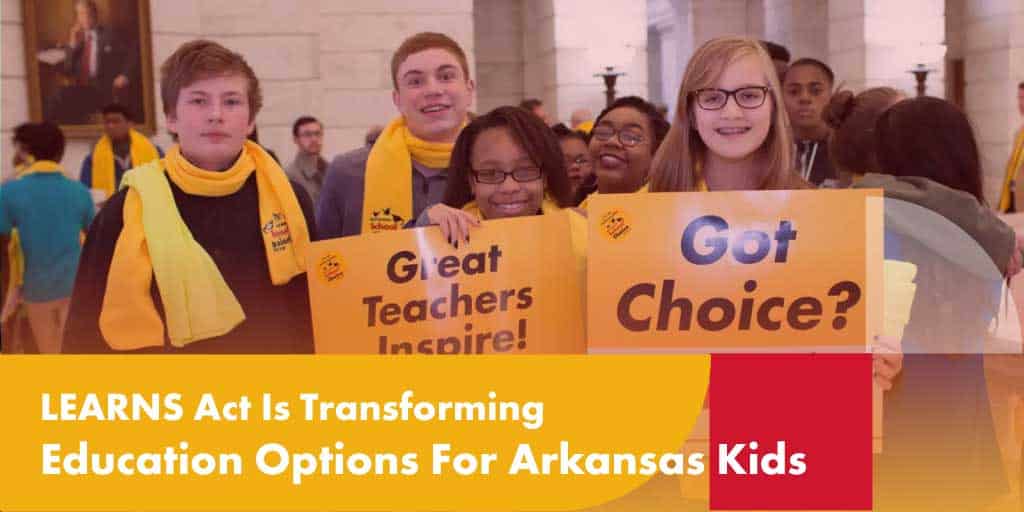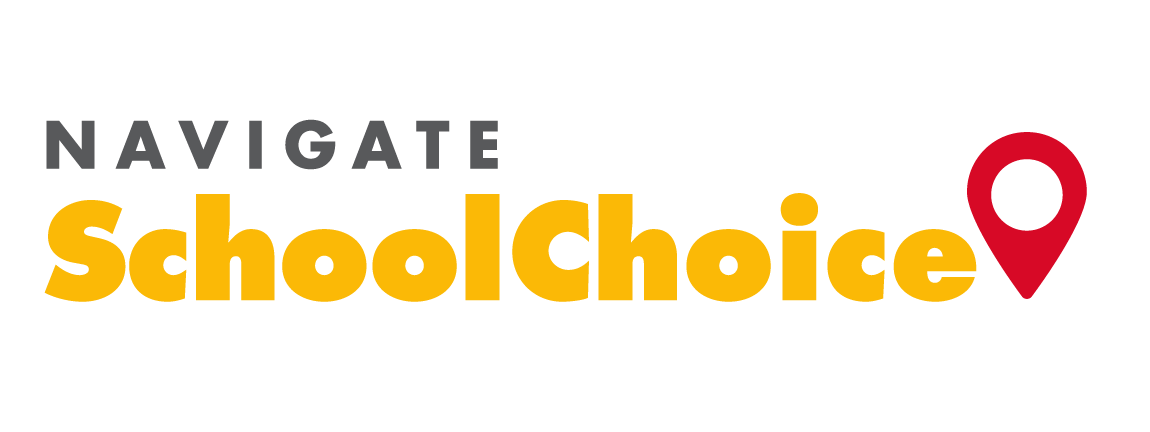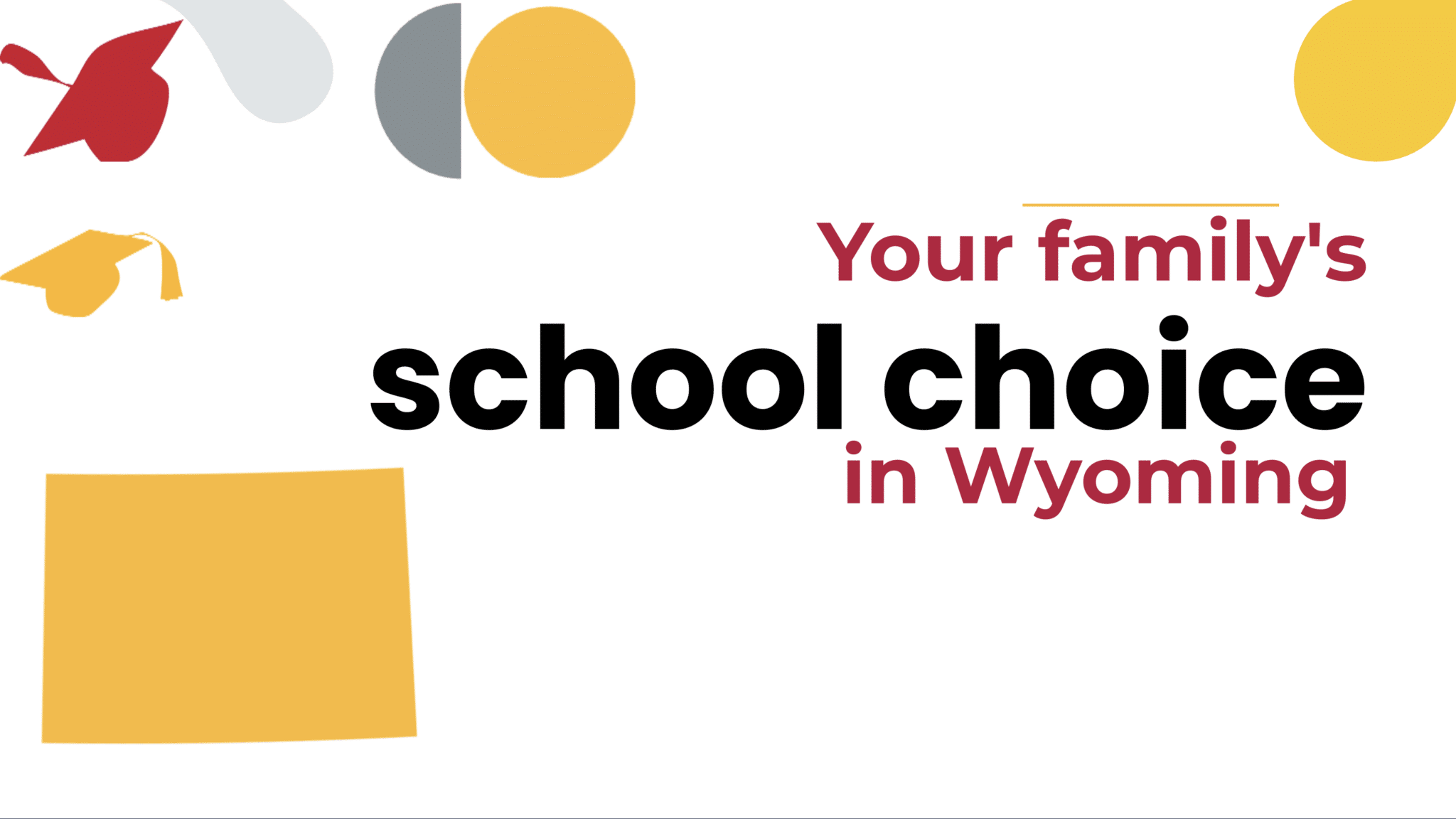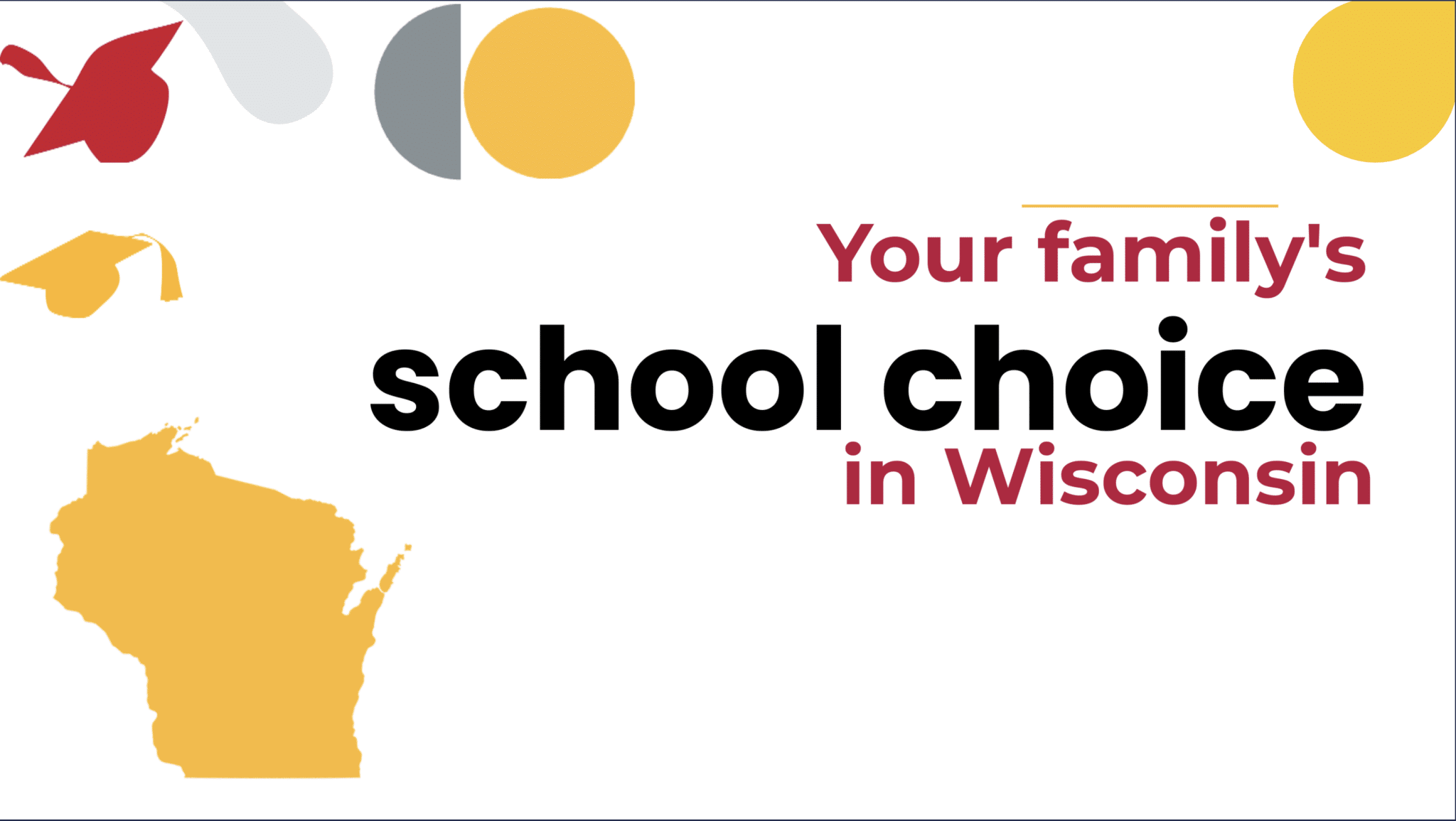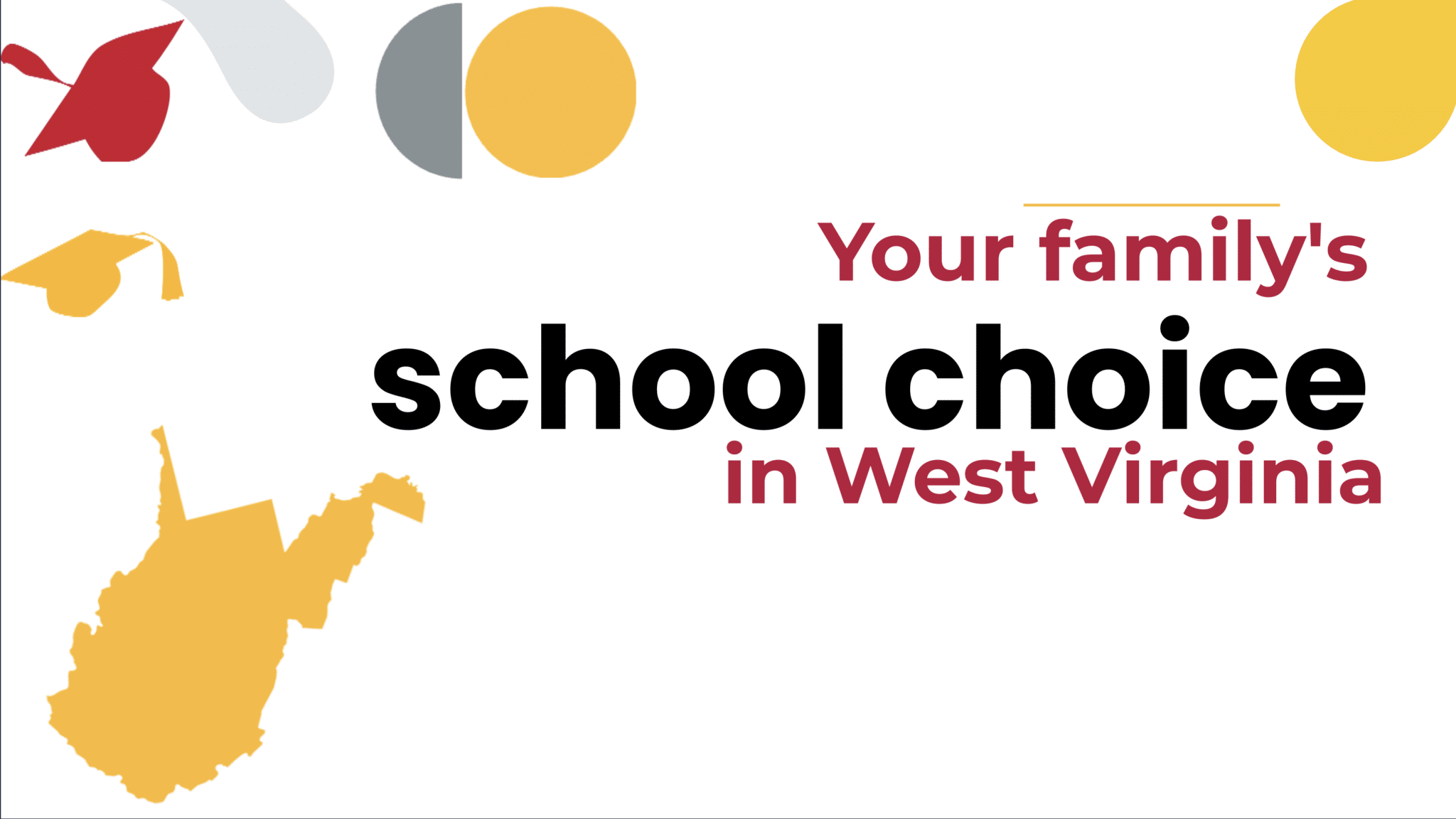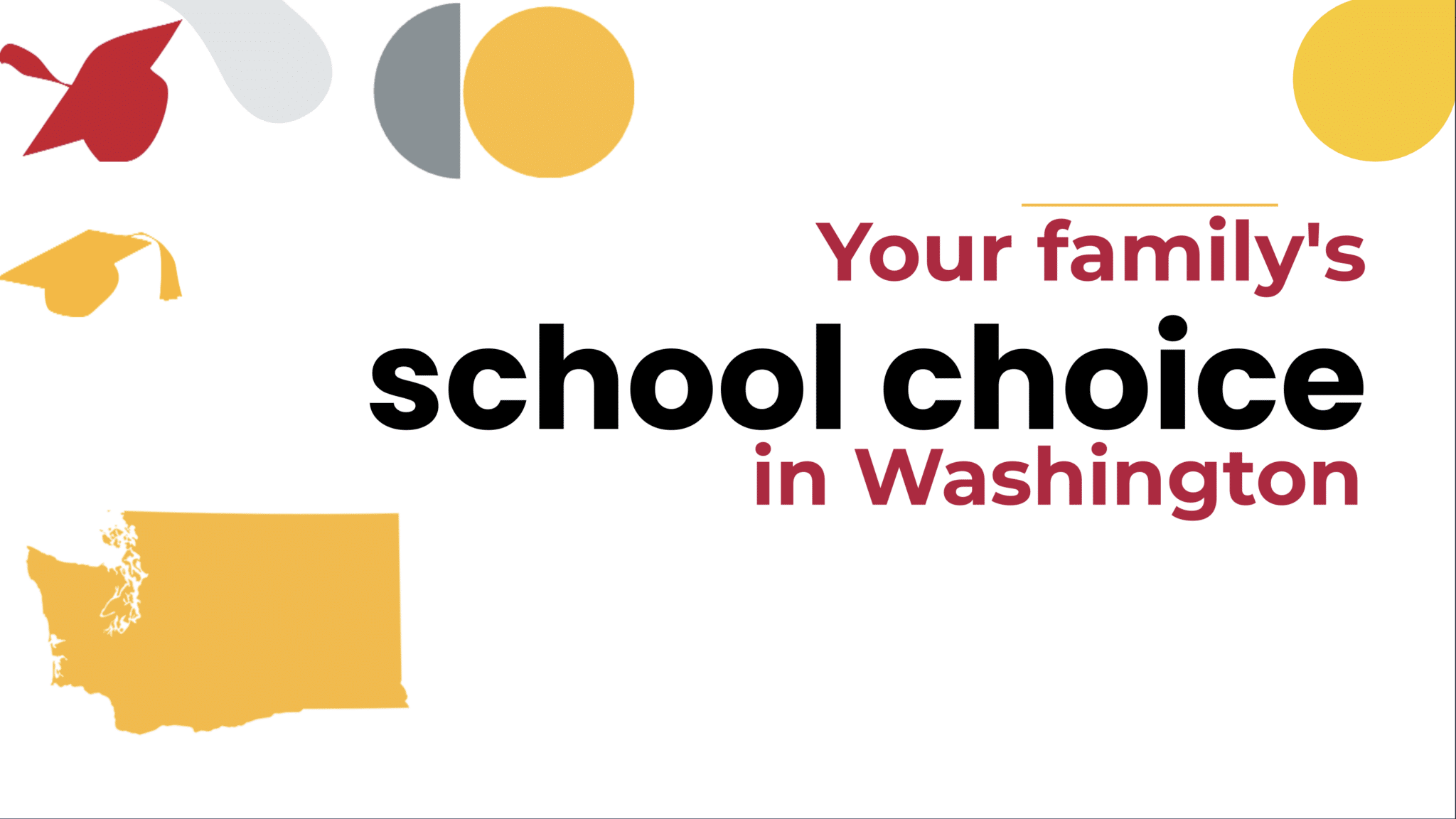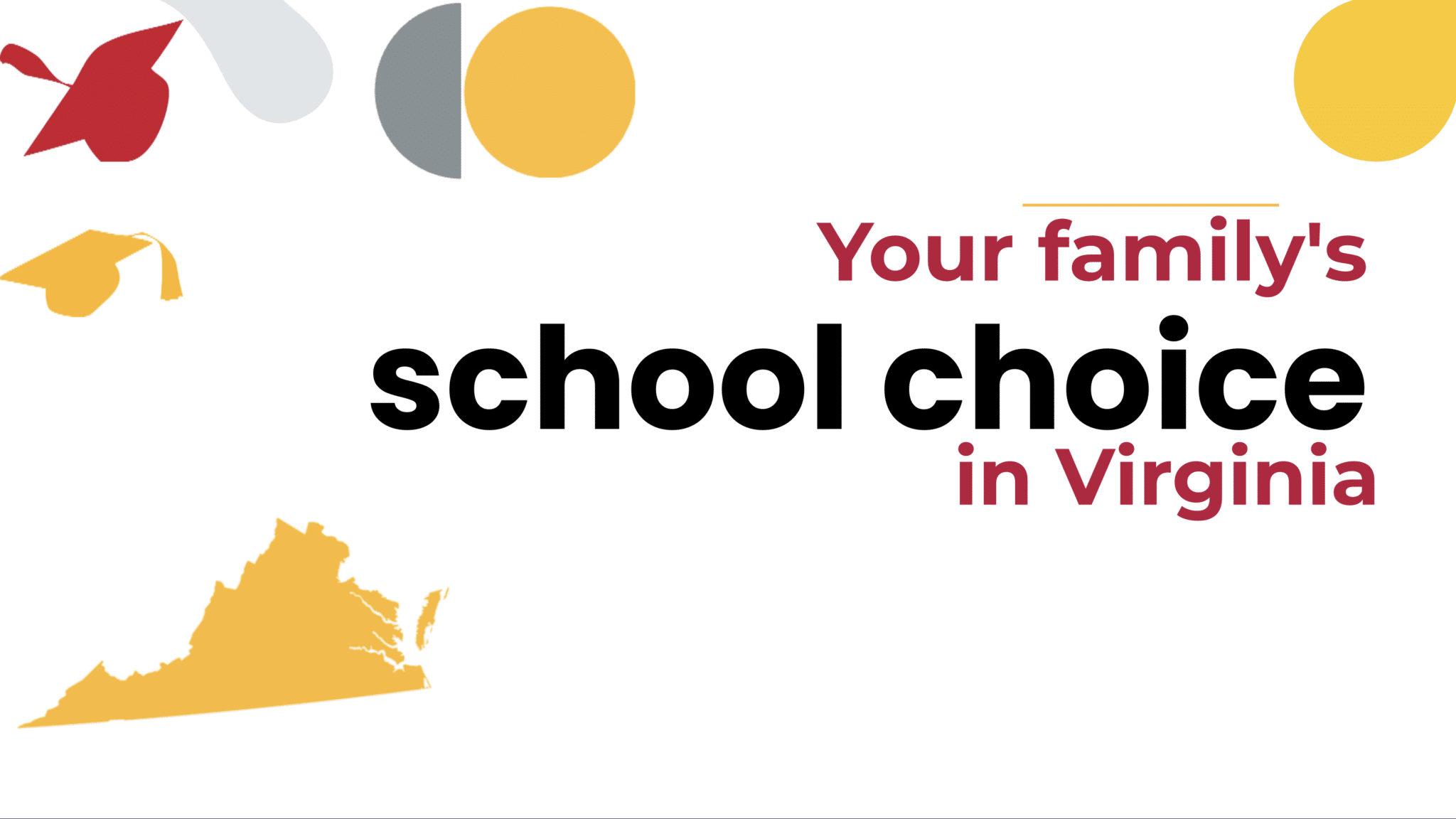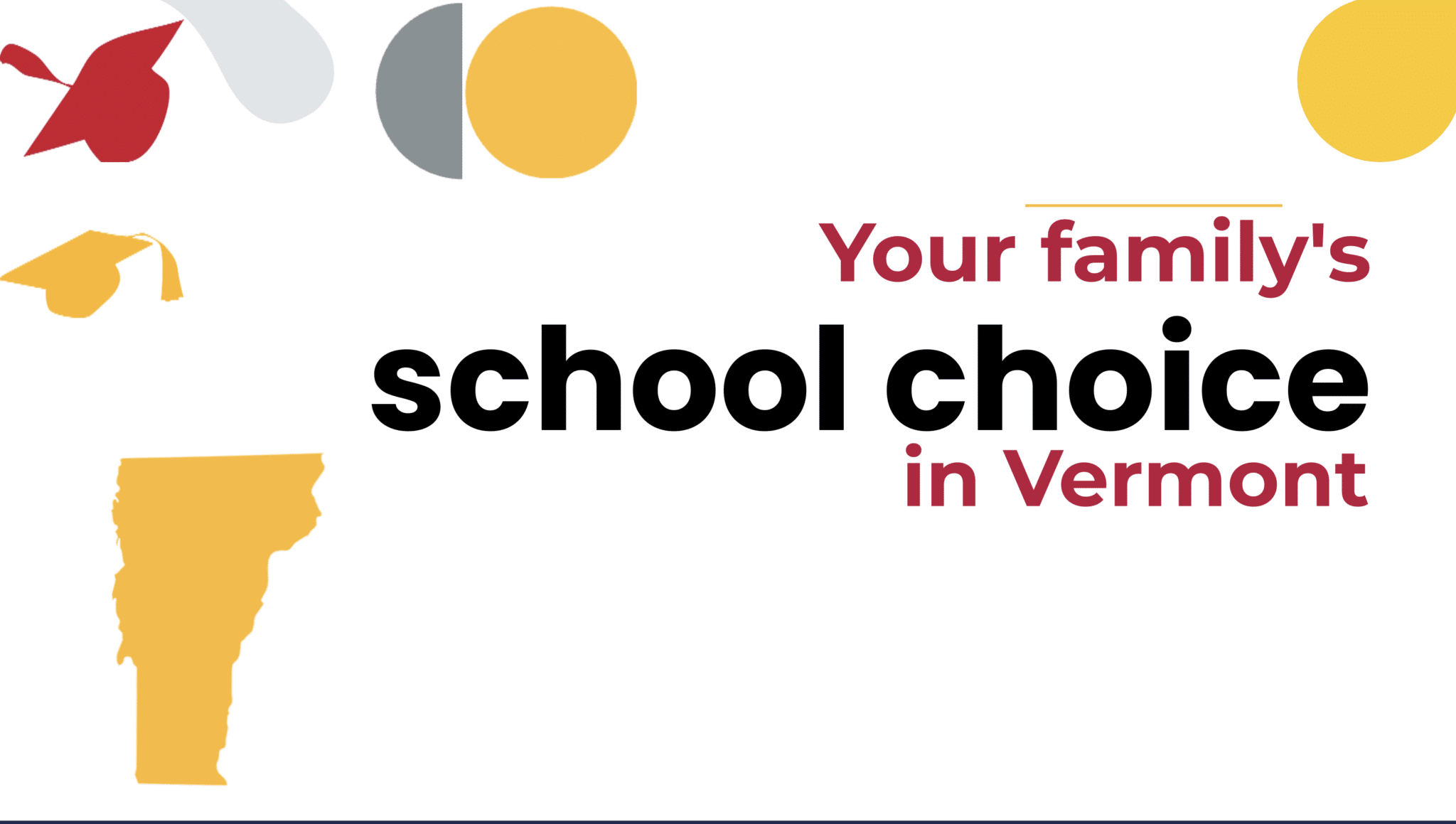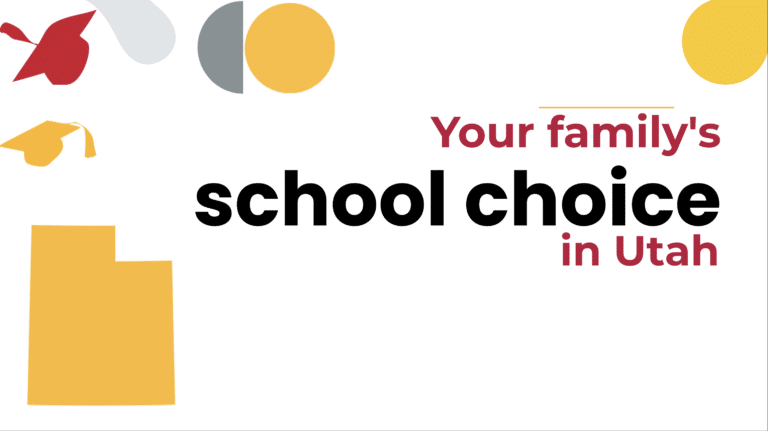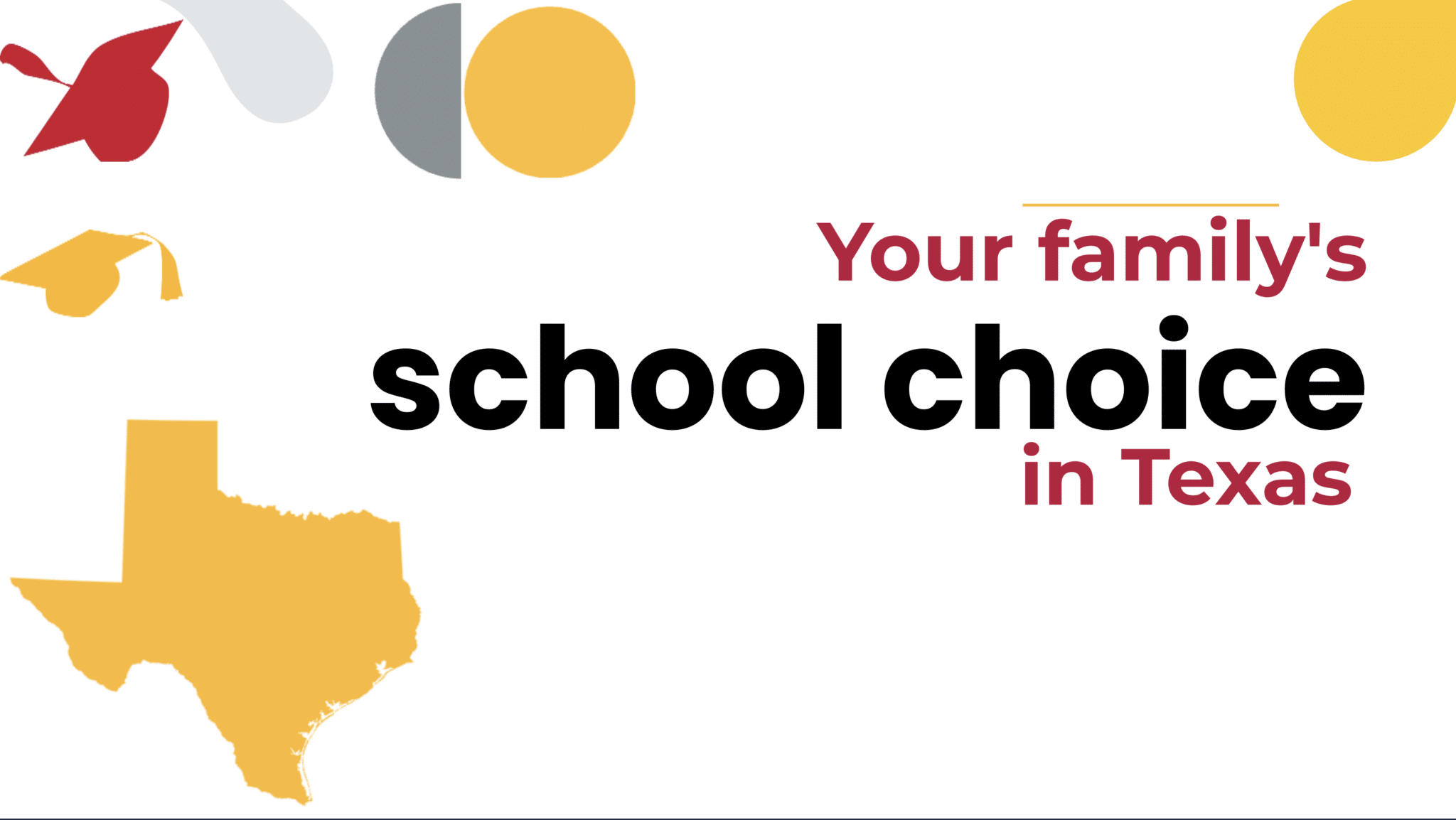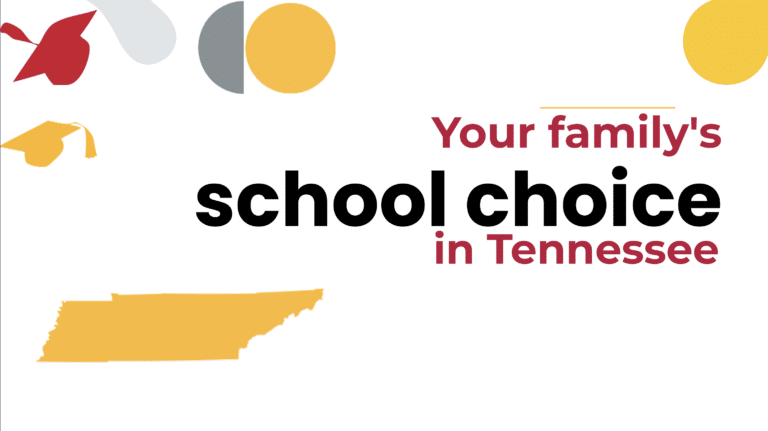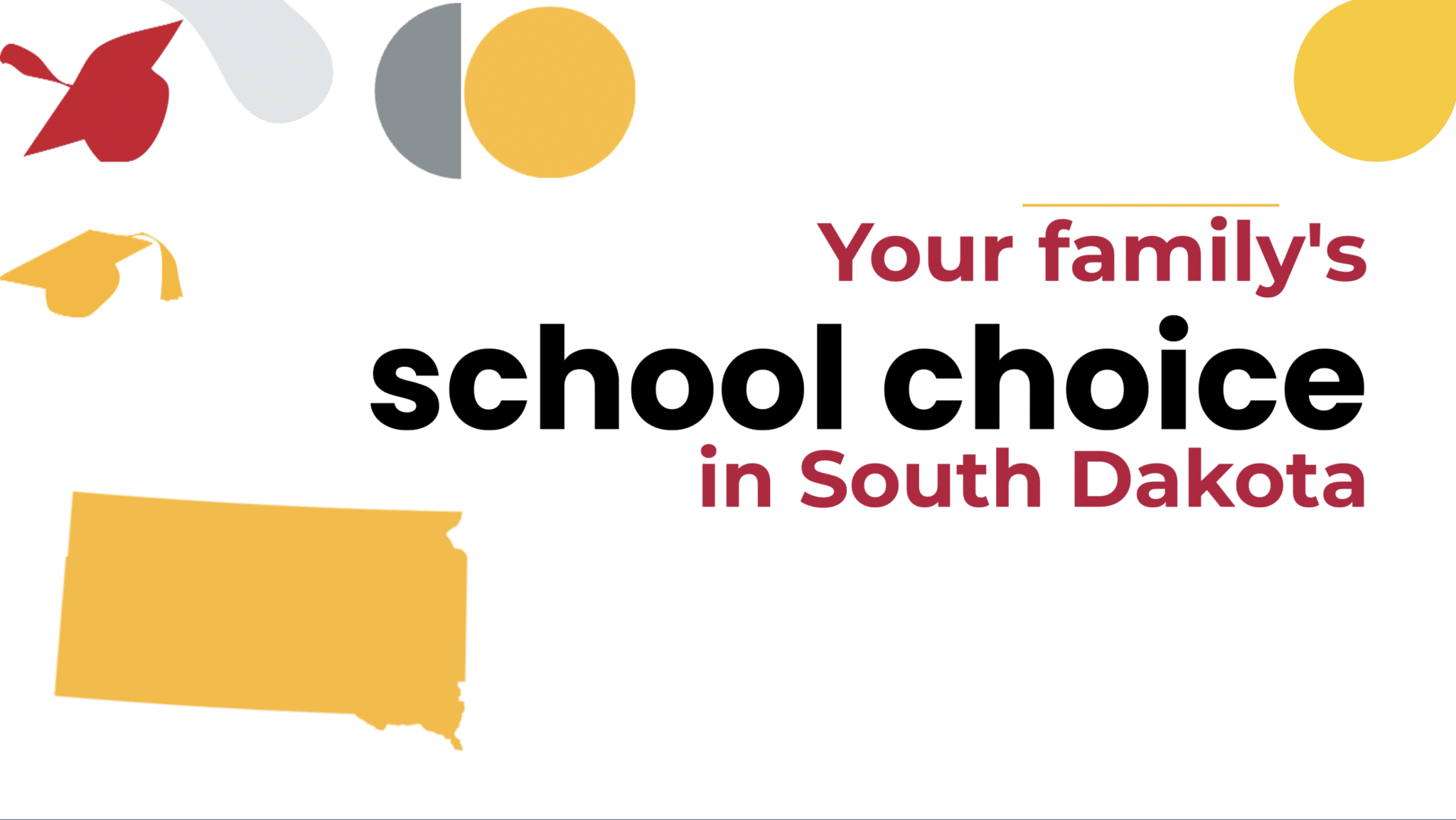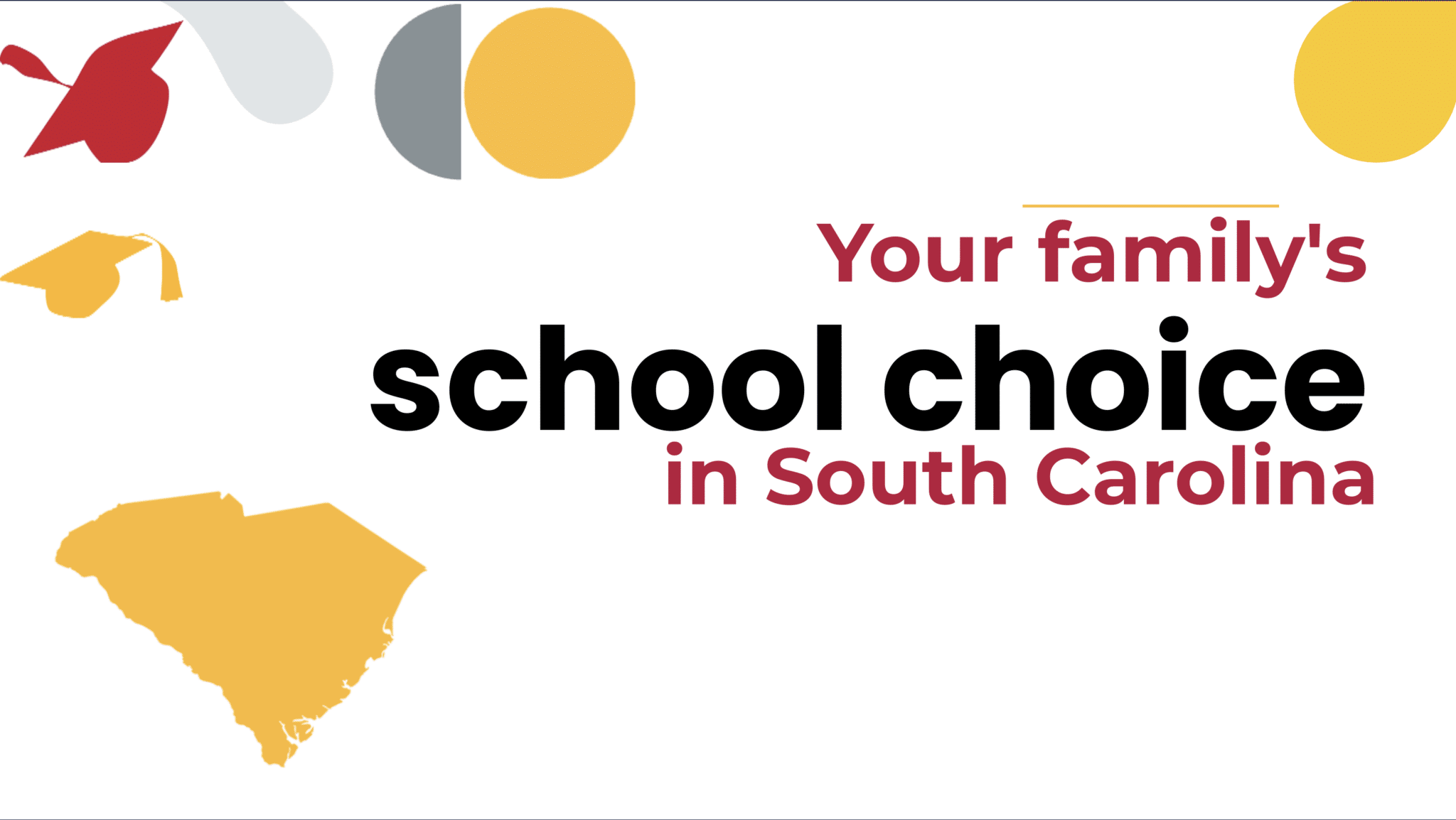This March, Arkansas passed a transformative education bill, the LEARNS Act, that will offer tens of thousands of children new learning options. A centerpiece of the bill is its creation of the Children’s Educational Freedom Account Program. This program will be available to any K-12 student in Arkansas, no matter what county they live in or how much their family makes, by 2025! This freshly signed bill is wide-ranging and brings exciting changes for teachers too by raising their pay and improving maternity leave. Here’s what parents need to know about the bill’s impact on kids:
What is the Arkansas Children’s Educational Freedom Account Program?
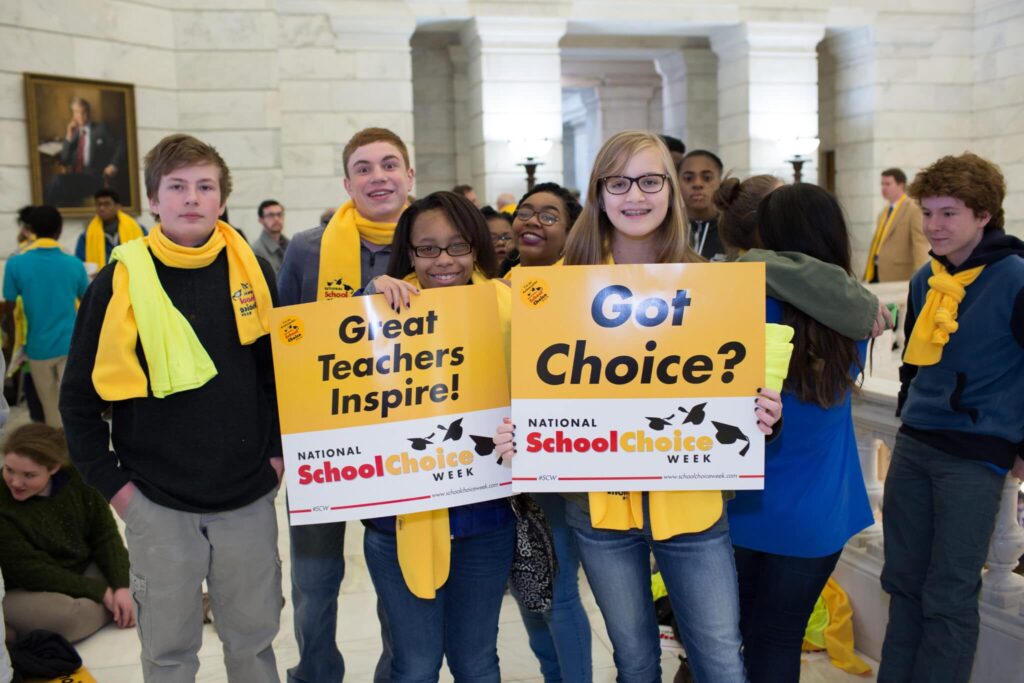
The Arkansas Children’s Educational Freedom Account Program provides flexible funding to families who are finding that the best learning environment for their child is a private school or home education environment. Families who choose to participate in this program have 90% of their child’s state education funding (about $6,600 initially) deposited in an online Educational Freedom Account. Parents can then use that funding to pay for approved school expenses, such as tuition at an eligible private school.
As of September 2023, more than 90 schools and 4,795 students are participating in the program. This new program is being overseen by the Arkansas Division of Elementary and Secondary Education, and schools that participate are required to assess students each year.
Who can apply for an Educational Freedom Account?
Will your K-12 student qualify for an Educational Freedom Account? Eventually, yes! The LEARNS Act will phase in who is eligible for the program and what expenses qualify for reimbursement over the next three years:
For the 2023-2024 school year: The program is open to students with disabilities, homeless students, foster students, first time kindergarteners, students currently participating in the Succeed Scholarship program, children of active duty military personnel, and students enrolled in the previous school year in F-rated public schools or Level 5 Intensive Support school districts.
Here are some stats on who is using an Educational Freedom Account in 2023-2024:
- The majority of students participating in the program reside in Arkansas’ Central and Northwest regions, the two most populated regions of the state.
- 44% of participating students have a disability.
- 31% of particapating students are first-time kindergarteners.
For 2024-2025: Students enrolled in the previous year in D-rated schools, children of law enforcement officers and first responders, and children whose parents are veterans or in the reserve military will also qualify.
In 2025-2026: Any K-12 student in the state of Arkansas will qualify for the program.
For the first two years of the program, there is a statewide cap on the percentage of students statewide who can participate in it (1.5% of the total public school population in the first year, and 3% of the total public school population in the second year). But, by 2025, there will be no enrollment cap at all. So, even if participating is not available to you right away, you may be able to join later on.
What learning expenses can families use the program for?
Like eligibility, what expenses families can pay for through the program will become more flexible with time. For the 2023-2024 school year, students can use the funds for traditional school expenses like tuition, fees, testing, and the cost of required school uniforms, supplies, technology, and services at a participating school. This flexible funding can empower families to visit multiple private schools and take the leap if they find a great fit!
In 2024-2025, qualifying expenses will expand to include tutoring services, curriculum, transportation costs to participating schools, technological devices for students’ educational needs (no TVs or video games!), fees for courses and exams for college credit or career training, educational services by accredited practitioners for students with disabilities, and more.
The program has a “rollover provision,” which means that if a family does not use all of their funds in a specific year, the funds will roll over to the next year, as long as the student still participates in the program.
Questions about the Educational Freedom Account? Reach out to the Reform Alliance, an Arkansas education nonprofit, at questions@thereformalliance.org or visit Opportunity Arkansas.
How will the Educational Freedom Account impact existing state scholarship programs?
Currently, the Arkansas Succeeds Scholarship Program provides private school vouchers for students with disabilities, foster children, and military families. The Succeeds Scholarship has been absorbed into the Arkansas Children’s Educational Freedom Account program as of August 2023. Students who received a Succeed Scholarship last year were prioritized for the Educational Freedom Account program. Note that families were required to complete an annual student certification to continue to receive funds for the 2023-2024 school year.
Arkansas’ tax-credit scholarship for low-income children, the Philanthropic Investment in Arkansas Kids Scholarship Program, continues to run separately. Low-income students with special needs may even be eligible to receive funds from both programs, if necessary, to cover qualifying learning expenses. The LEARNS Act actually expands the Philanthropic Investment in Arkansas Kids Scholarship Program by raising the cap on donations to the program. This may increase the number of scholarships available to students.
Can homeschoolers participate?
This school year, more than 26,000 students are homeschooling in Arkansas. Homeschoolers who meet the qualifications for the Educational Freedom Account program could only apply if they wanted to switch to private school. By 2025, homeschoolers can choose to opt into the program and keep homeschooling, using the program funding for their approved homeschool curriculum. Just keep in mind that homeschoolers who participate in the Educational Freedom Account program must take an annual test and may need to meet additional requirements that other homeschoolers statewide are not obliged to meet.
How does the LEARNS Act impact public school students?
Besides creating the Children’s Educational Freedom Account program for students who are not enrolling full-time in public school, the LEARNS Act also enacts several changes for public school students. For example, the bill creates a new focus on early childhood literacy, paving the way for additional literacy coaches in public schools to help struggling readers in grades K-3.
Here are some other ways the LEARNS Act impacts public school students:
It makes it easier for students to make a public school transfer by lifting the cap on the number of transfers each school district allows (unless a desegregation order is in place). Just over 22,000 Arkansas students currently use this option to find the best fit for them within the public school system.
It encourages low-performing districts to partner with public charter schools.
It lifts the cap on the number of open enrollment public charter schools allowed in the state.
It requires high schools to offer more career and technical education courses, empowering students to learn practical job skills before graduating.
Beginning with the graduating class of 2026-2027, it requires public high school students to complete at least 75 hours of community service.
Also notable, the bill creates a Transportation Modernization Grant that encourages traditional public school districts, public charter schools, and other learning organizations — especially in rural areas — to develop improved transportation options for the families they serve.
Additionally, while the Children’s Educational Freedom Account program is designed for those who are not fully enrolled in a public school, participating students may enroll in approved courses at a participating public school as they customize their private or home education.
Where can I apply?
The priority deadline for submitting an application to the Arkansas ESA program for the 2023-2024 school year was August 1, 2023. However, students may still be accepted after the deadline if funding is available. It’s important to note that acceptance is not guaranteed post-deadline and depends on program funding. To apply, please visit The Education Freedom Account System. Documents such as proof of residency (like a utility bill or voter registration card) may be required when applying.
Where can I learn more?
With its new Educational Freedom Account, Arkansas became the third state this year to create an education savings account program with universal eligibility. In addition to Arkansas, the states of Arizona, Florida, Utah, and Iowa all offer flexibility for families through universal private school choice programs either already in place or launching soon. More may be on the way – In fact, more than 60 education savings account-related bills have been considered by lawmakers this year!
Since the Arkansas Children’s Educational Freedom Account is so new, rules are currently developing. Families can find a handbook and more details at the Arkansas Department of Education website. If you live in Arkansas and have questions about how the program applies to your family’s situation, you can reach out to the Reform Alliance, at questions@thereformalliance.org or ACE Scholarships, at arsupport@acescholarships.zendesk.com. Additionally, The Arkansas Department of Education hosted two public comment hearings on Aug. 25 on the proposed program rules. Comments and concerns can be emailed to ADE.RulesComments@ade.arkansas.gov.

